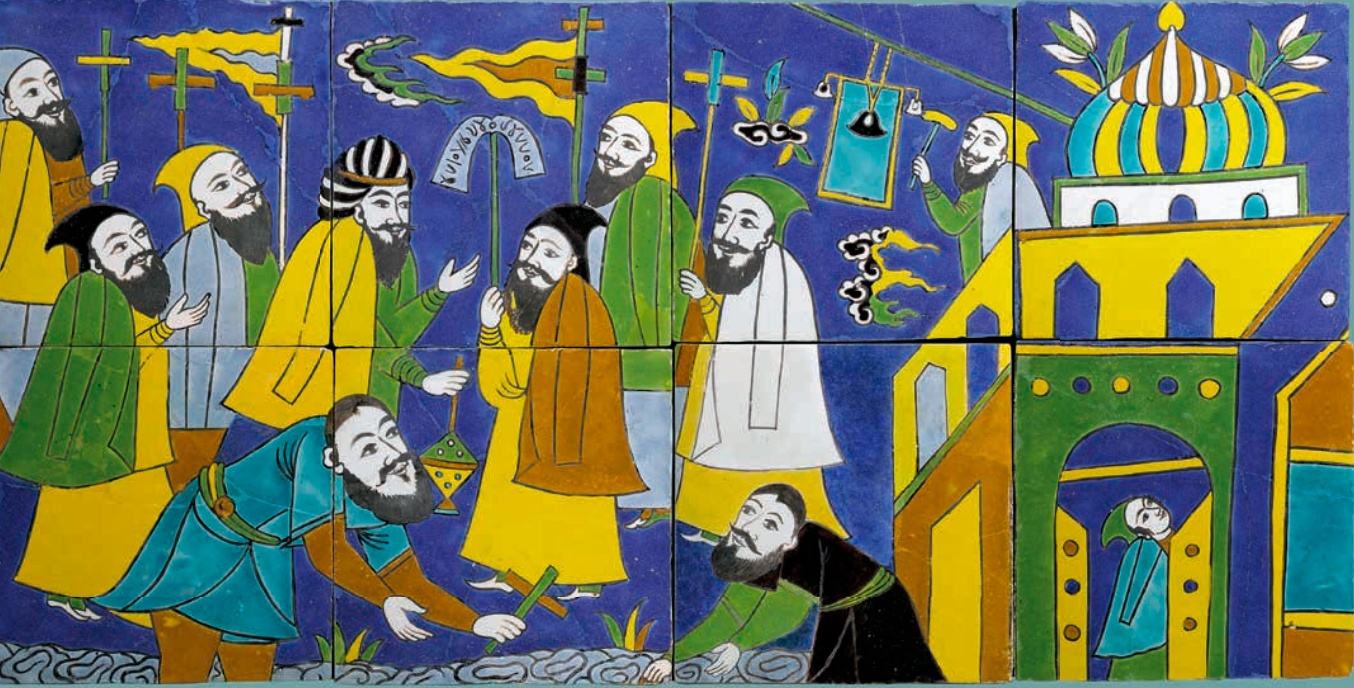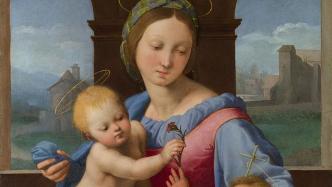
The Paper has learned that after more than two years of careful preparation, "From Botticelli to Van Gogh: The National Gallery Collection Exhibition" will be held at the Shanghai Museum from January 17 to May 7, 2023. This exhibition is the second exhibition of the Shanghai Museum's "Dialogue with the World" series of cultural relics and art, with a total of 52 oil paintings on display, covering Botticelli, Raphael, Titian, Gossett, Caravaggio, Rembrandt, Claude, Constable, Cezanne, Manet, Monet and Van Gogh. This exhibition is an exhibition that condenses the essence of the collection of the National Gallery in the United Kingdom, offering a glimpse into the epitome of European art history spanning more than 400 years.
Major works on display include Botticelli's "Three Miracles of St. Zenobius", Raphael's "The Virgin and Child with St. John the Baptist", Titian's "Portrait of a Woman", Rembrandt "Self-Portrait" and Van Gogh's "Long Meadow and Butterfly". It is a pity that Van Gogh's "Sunflowers", the treasure of the National Gallery of England, is not included in this exhibition.
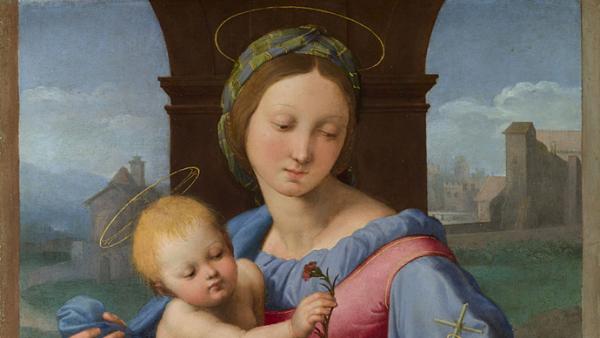
This exhibition is the second exhibition of the "Dialogue with the World" series of cultural relics art exhibitions following the "East and the West: China-Europe Ceramics and Cultural Exchange Special Exhibition". Shanghai Expo will join hands with the National Gallery of England for the first time, becoming the first stop of this Asian tour and the only partner in mainland China, telling the audience the classic and wonderful history of European art.

Botticelli "The Three Miracles of St. Genobius"
As a world-class national gallery, the British National Gallery has a history of nearly 200 years and ranks among the top ten most popular art museums in the world. Its collection has more than 2,600 masterpieces of European paintings, and the exhibits are basically displayed on the exhibition line, and rarely go to other places for outreach. It is reported that the British National Gallery is preparing for its 200th anniversary celebration in 2024. The building in Trafalgar Square will undergo major renovations, which provides them with a rare opportunity to allow the collection of cultural relics to "travel abroad" without the need for Asian audiences. Head to London to see paintings by European art masters.
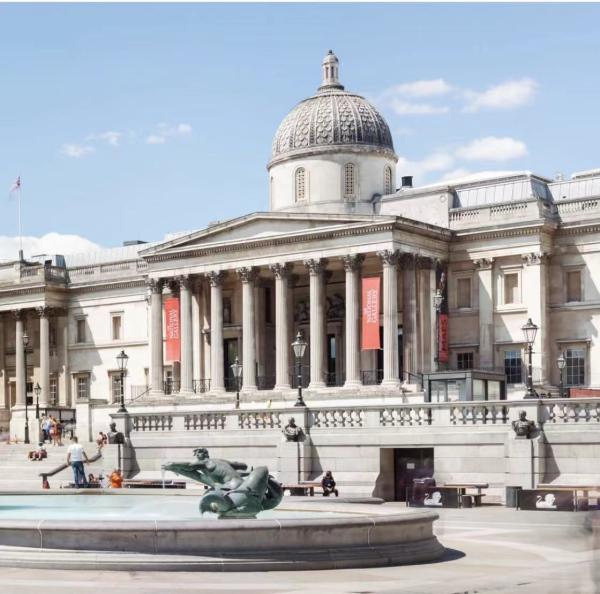
National Gallery in London
Dr Gabriel Fernaldi, Director of the National Gallery, said: "Based on the success of the Australia and Japan tours, I am delighted that the National Gallery will be able to attract new audiences in Asia and internationally. We are actively committed to To promote culture and art and promote international cultural exchanges. This touring exhibition reflects the continuous innovation of the National Gallery in how to plan and develop partnerships, presenting an exhibition that condenses the essence of the British National Gallery's collection. At the same time, this exhibition also Reflects the continued interest in European art traditions and treasures from the National Gallery's collection for global audiences."


Shanghai Bo press conference site
The Van Gogh work that will be exhibited this time is "Long Grassland and Butterfly", which is also a major exhibit. The painting came shortly before Van Gogh committed suicide. Looking out the window of the mental hospital where he lived, there was an overgrown garden that Van Gogh created several works on. Van Gogh used a brush to perceive life, and painted the world with bright and rich colors, making his works full of vitality. It is reported that the insured valuation of "Long Grass and Butterfly" is as high as 1 billion yuan, which shows the importance of the exhibits.

Van Gogh's "Long Meadow and Butterflies"
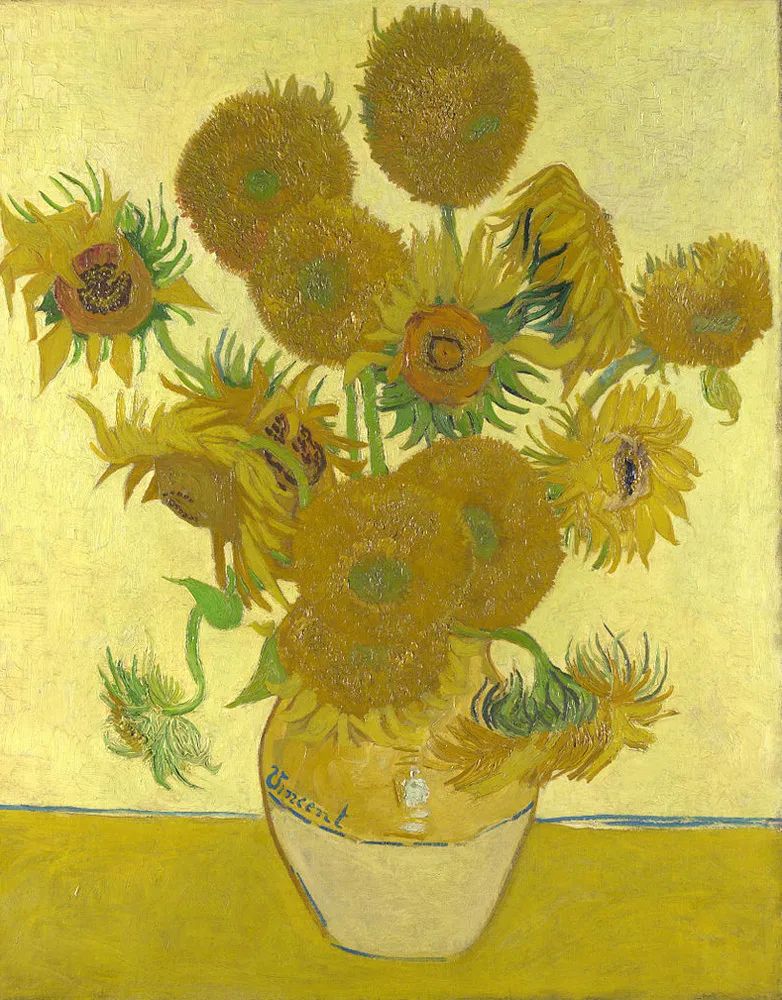
Van Gogh's "Sunflowers", National Gallery, UK (not in this exhibition)
"This exhibition is the first time that the National Gallery of England has brought its collections to China. With the joint efforts of both parties, the Shanghai Museum will present a perfect debut to the audience." Chu Xiaobo said, in addition, Shanghai Museum is also actively planning more cultural relics The exhibition will go overseas, and during the 14th Five-Year Plan period, a new series will be planned to promote Chinese civilization to the world, showing the long history and colorful splendor of Chinese civilization.
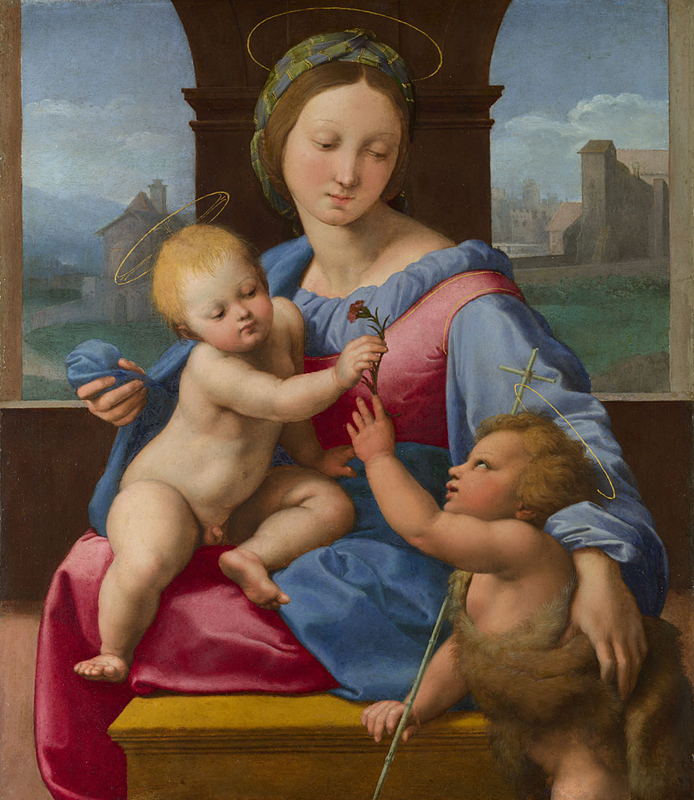
Raphael's Madonna of Gava
The press conference also released an important message. Starting from this exhibition, the Shanghai Museum will sell tickets for some special exhibitions, while other permanent exhibitions and other special exhibitions are still open to visitors free of charge. The general ticket for this special exhibition is 100 yuan, and the ticket types will be set to early bird ticket, full-price ticket, half-price ticket and free ticket.
Since 2008, state-owned museums have implemented a free and open policy. Since the implementation of the free and open policy, the major exhibitions of the Shanghai Museum have not been charged to the outside world. Facing the charging measures for this new special exhibition, Chu Xiaobo said, "As a state-owned museum, the Shanghai Museum is definitely a public welfare, and all the work of the museum is It is to put social benefits first. Since the implementation of the free opening policy, all state-owned museums will also face many new challenges, especially since the epidemic in 2020, they have faced great financial pressure. Shangbo has been thinking about how to expand itself Hematopoietic function, through some of its own operations, to hold more and better exhibitions."
The collection exhibition of the National Gallery of England introduced this time is an exhibition organized by the Shanghai Museum with its own funds. Its transportation, insurance, and exhibition installation costs are very high. The valuation of insurance alone reaches 6 billion. If only financial funds are used, it may not be possible to introduce such a large exhibition. Therefore, the introduction of temporary exhibitions and special exhibitions for a fee is used as a museum to deal with funds. One of the effective ways to reduce and reduce the financial burden.

Velázquez "Portrait of Bishop Fernando"
Chu Xiaobo said that the museum's special exhibition fee does not conflict with the museum's public welfare. At the level of national policies and regulations, neither the state nor the local government prohibits exhibition charges. Relevant state documents clearly stipulate that for some special (temporary) exhibitions held in accordance with market-oriented operations, the ticket price can be determined according to the actual situation. Shanghai Bo raised its own funds to hold this exhibition, and the ticket price of the exhibition itself is also a public welfare ticket.
It is reported that some museums in other places have also tried to charge for temporary exhibitions and special exhibitions. For example, the National Museum, the Palace Museum, the Nanjing Museum, the Guangdong Provincial Museum and many other museums have already started charging for temporary exhibitions. "The Shanghai Museum had many opportunities to charge for special exhibitions before, but it didn't do it. Now facing a new situation, we think we can give it a try." Chu Xiaobo said.
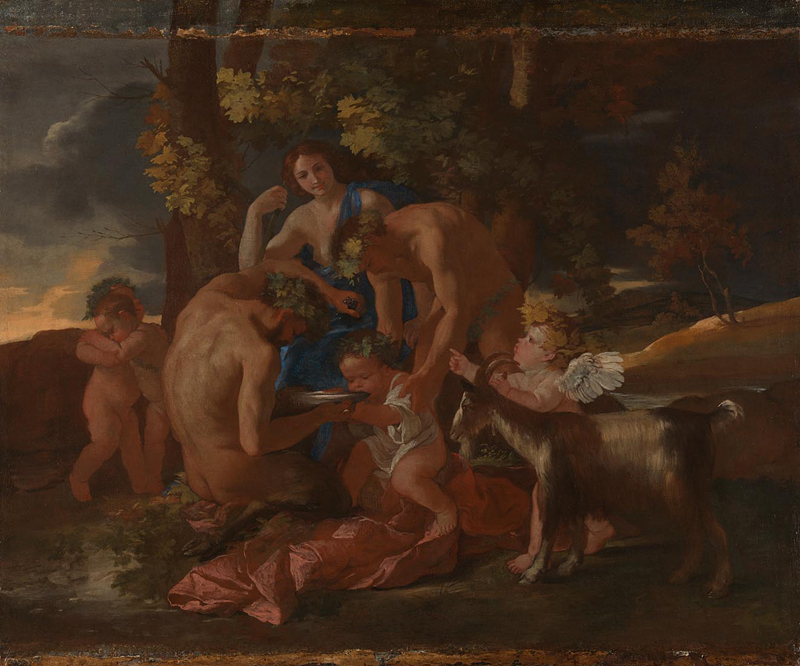
Poussin "The Cultivation of the Dionysian"
Exhibition highlights:
The exhibition is divided into eight sections. The history of European painting from the Renaissance to the Post-Impressionism of the 19th century is presented in a textbook style through a selection of 52 exhibits by 50 art masters. A glimpse into the epitome of European art history spanning more than 400 years, which perfectly fits the positioning and temperament of the British National Gallery.
Section 1: "Botticelli and 15th-Century Italian Painting"
This section will present two distinct schools of thought during the heyday of Italian painting in the 15th century. The Venetian school represented by Giovanni Bellini, the artists advocated naturalism and made good use of color; while the Florentine painters paid more attention to line and structure. Botticelli, who was known as the best at that time, appeared painter. In this section, the audience can see masterpieces such as Messina's "Saint Jerome in the Study", Bellini's "Madonna and Child" and Botticelli's "Three Miracles of San Zenobius", and observe closely The differences and characteristics of paintings of different genres at that time.

Messina, "Saint Jerome in the Study"

Bellini's Madonna and Child
Section 2: "Raphael and the High Italian Renaissance"
"Renaissance" means "rebirth", which is a tribute to and rediscovery of the art, science and culture of ancient Greece and Rome. It originated in Italy at the end of the 14th century and developed to its heyday in the early 16th century. In this section, the audience can see religious art, portraiture, historical and mythological paintings created by the great artists of the Renaissance, such as Raphael's "The Virgin and Child with St. John the Baptist" and Titian's "Portrait of a Woman" , Correggio's "Venus, Mercury and Cupid", etc., from which to feel the "sacred power and rebirth" of classicism in the painter's pen.
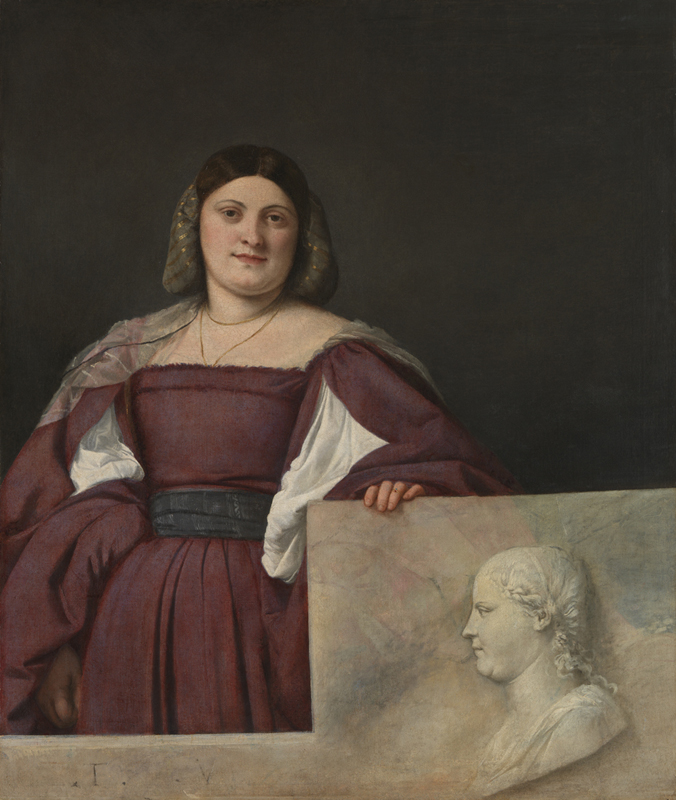
Titian "Portrait of a Woman (La Schiavonne)"
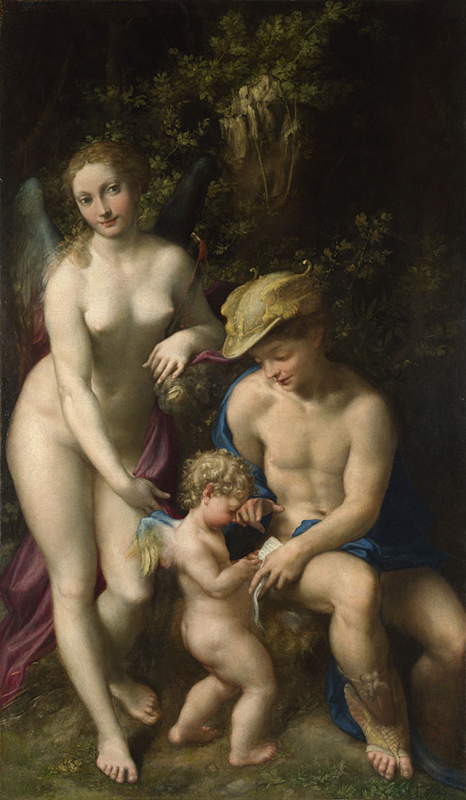
Correggio, "The Education of Love"
Section 3: "Gossett and the Northern Renaissance"
The interests of Northern European artists tended to be a variety of religious and secular themes, often focusing on depicting materials and details, and presenting lifelike figures and scenes. One of the most accomplished painters of the Northern Renaissance was Gossett, and this section will feature Gossett's Young Princess, Altdorf's Footbridge Landscape, and Bucclair's Four Elements: Water and Fire ” and so on, the audience can experience the characteristics of early Dutch painting from the fine and free brushstrokes of these works.
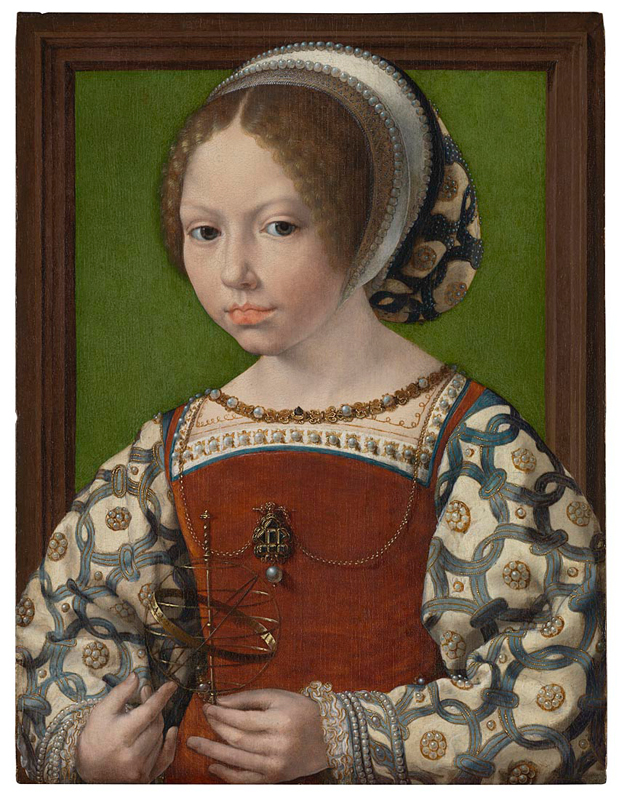
Gossett, The Young Princess (Dorothea of Denmark)
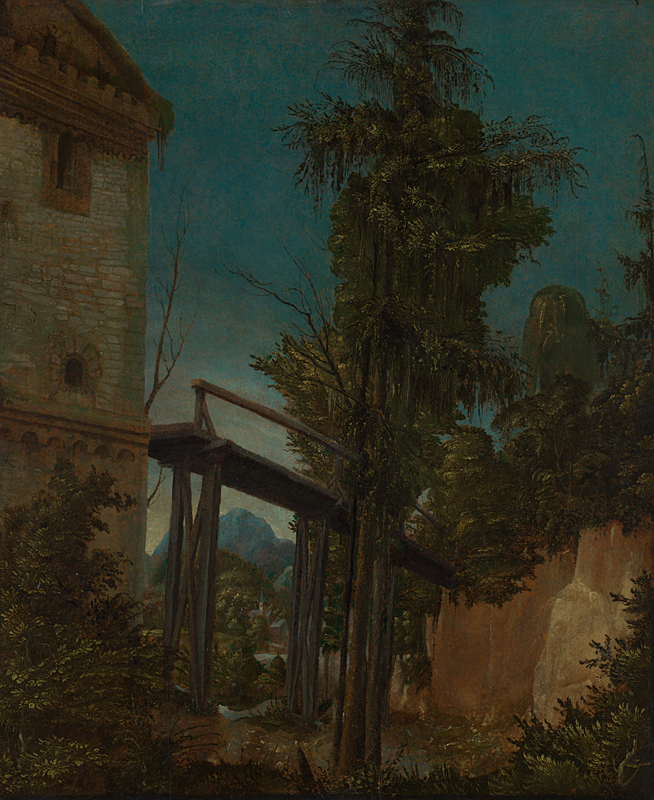
Altdorf's Footbridge Landscape
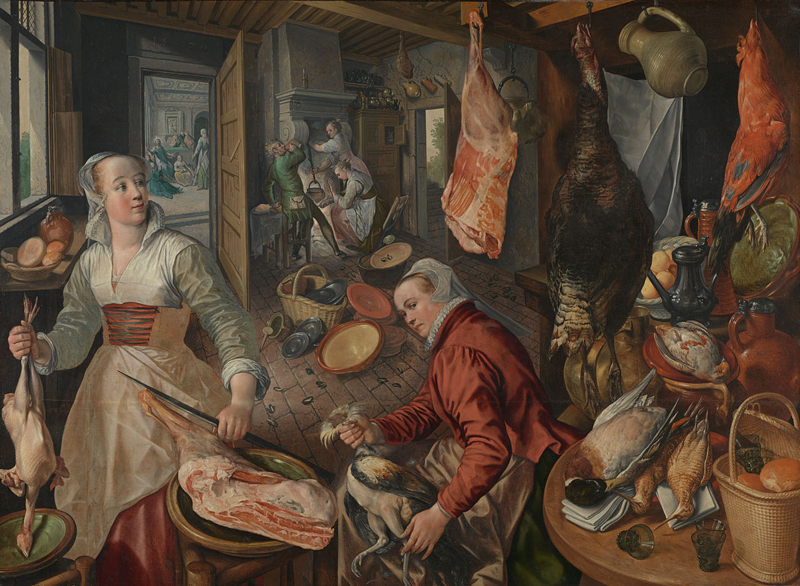
The Four Elements: Fire
Section 4: "Caravaggio and Baroque Painting in Italy and Spain"
Paintings of the Baroque period were characterized by dynamic compositions, vivid colors, and strong emotional expressions. Italian painter Caravaggio advocated a new and radical style. He used powerful brushstrokes and dramatic light to give characters a strong sense of presence. This section will exhibit Caravaggio's "Boy Bitten by a Lizard". In this work, Caravaggio successfully captured the expression and movement of the boy at the moment after being suddenly bitten by a lizard. To directly feel the boy's pain and surprise and turn it into a vivid story was a revolution in Caravaggio's art that had a lasting impact on European artists.
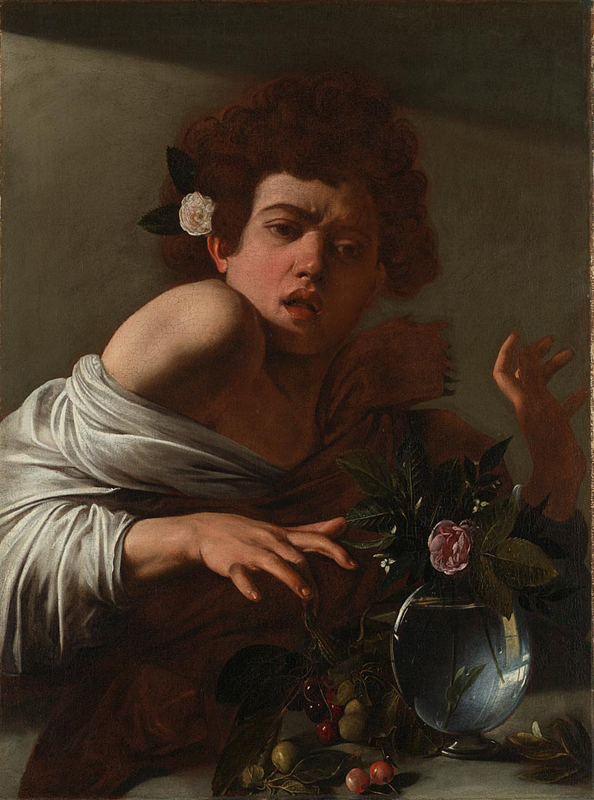
Caravaggio, "The Boy Bitten by a Lizard"
Section 5: "Rembrandt and 17th Century Nordic Painting"
Rembrandt and Van Dyck were prominent painters of northern Europe in the 17th century. Van Dyck excelled at depicting the bright colors and luxurious textures of aristocratic costumes; Rembrandt explored the infinite possibilities of pigments, using rich layers of light and shadow to outline the rich facial expressions of the characters. This section will feature Van Dyck's two-person portrait "Lord John Stuart and his brother Lord Bernard Stuart" and Rembrandt's "Self-Portrait at 63", two very different art The style can be seen in these two works.
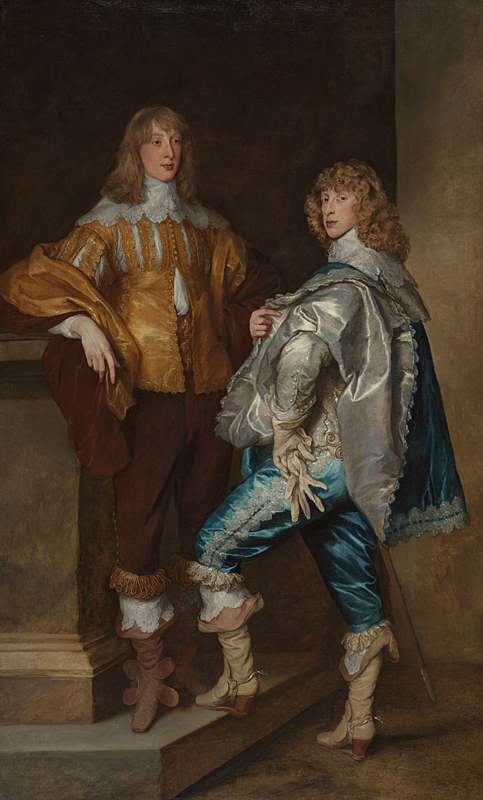
Van Dyck, Sir Stuart and His Brothers
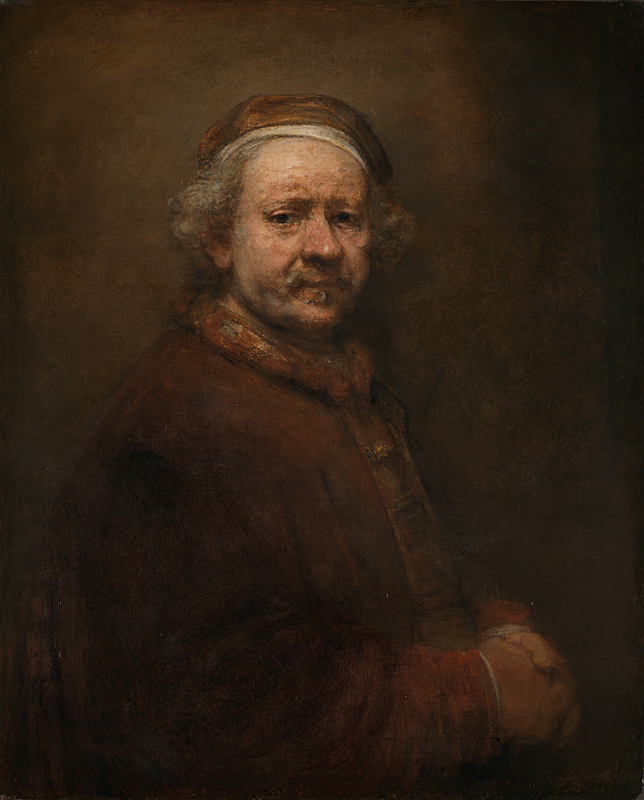
Rembrandt "Self-Portrait at 63"
The representative painters of the "Golden Age" in the Netherlands are Sting and de Hooch. The themes they most often depict are scenes of family life. The audience can enjoy Sting's "Interior of the Hotel ("Broken Eggs") in this section. and "Concert in the Courtyard" by de Hooch. At the same time, many great landscape painters and seascape painters in European art were born during this period, and many famous paintings can also be seen in this section.
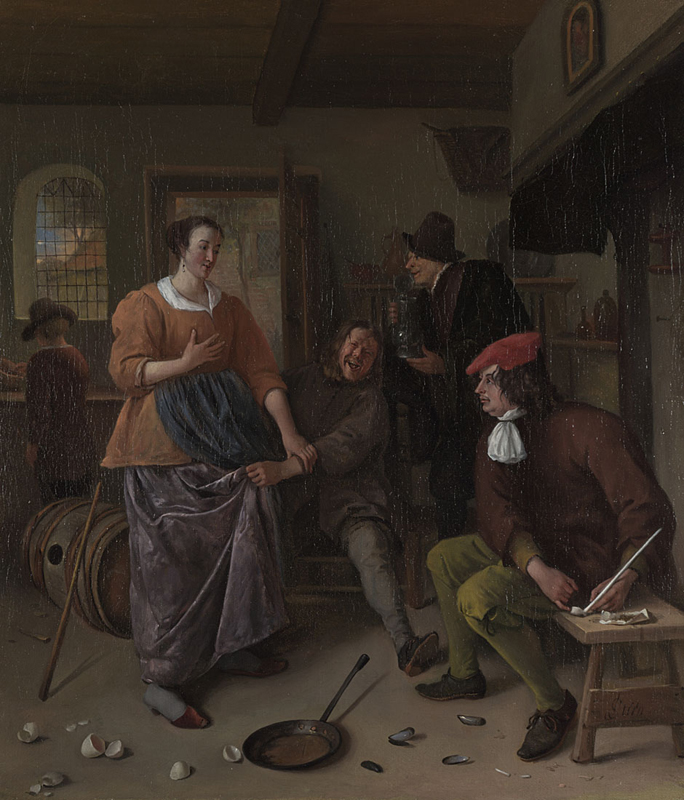
Inside the Hotel ("Broken Egg") by Sting
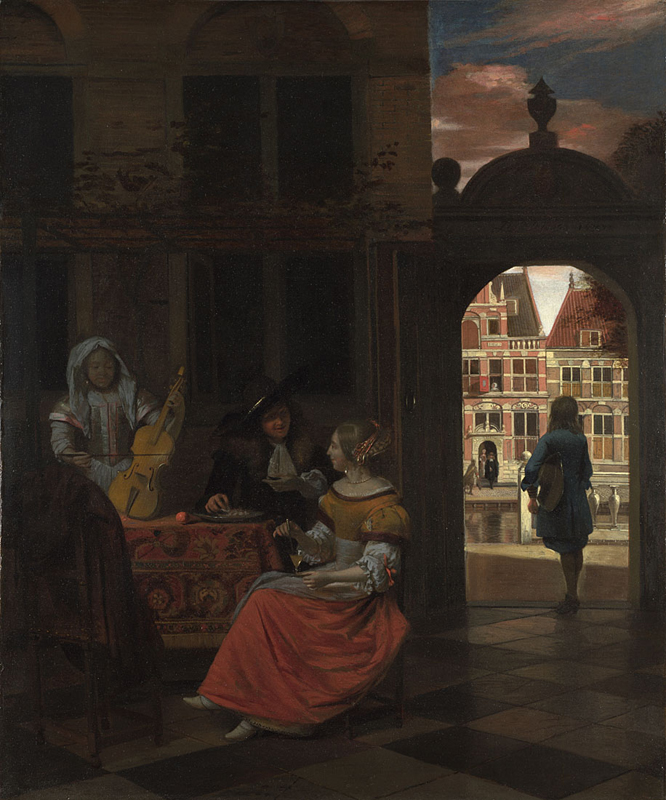
"Concert in the Courtyard" by de Hooch
Section 6: "Canaletto and 18th-Century European Painting"
The 18th century saw a huge cultural phenomenon, the "Grand Tour", where wealthy young people began to travel across Europe, admiring the great art of the past while commissioning artists to create entirely new works, including portraits by Bartoni, and Landscapes by Erne and Canaletto. This section will exhibit Canaletto's "Venice: Entrance to the Cannaregio District". Canaletto is famous for depicting the scenery of Venice, and he has deep feelings for Venice's characteristic architecture and cultural customs. He outlines architectural details with delicate brushstrokes and uses bright pastel colors to enhance the atmosphere.
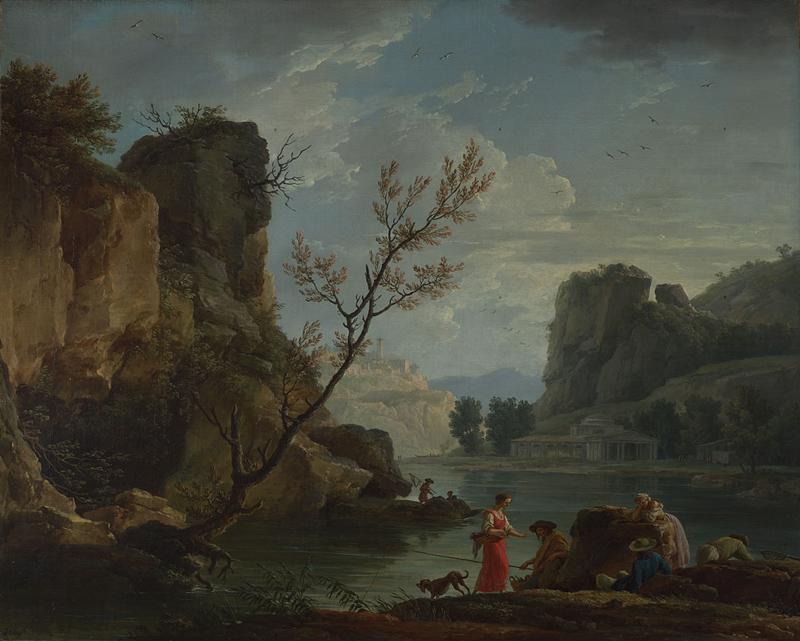
Vernet's "River with Fishermen"
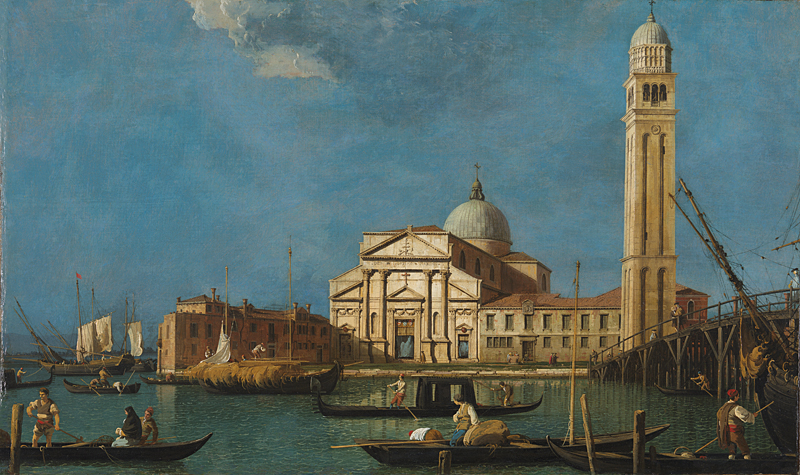
Canaletto, Venice: Basilica of St. Peter in the Castle District
Section 7: "Van Gogh and Impressionist Paintings"
Impressionists generally refer to a group of artists working in Paris in the late 19th century. The term "Impressionism" was originally used in a derogatory sense to criticize the style of work of this group of artists. Representatives of the movement include: Manet, Cezanne, Renoir and Monet. They often use bright strokes of color to accentuate the effect of changing light and shadow. In his later years, Monet retreated to the small town of Giverny in northern France, where he built a large studio and garden, and carefully cultivated nearly 200 species of irises, which brought infinite inspiration to the painter and became his artist. Inspiration for late paintings. This section will feature Manet's "A Corner of a Café Recital", Cezanne's "Stove in the Studio", Renoir's "The Bather" and Monet's "Iris".
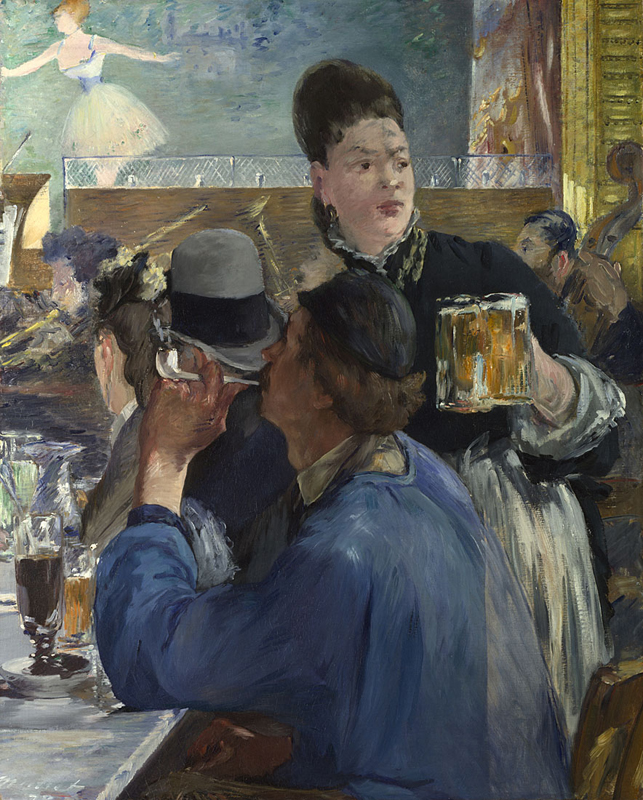
Manet's "A Corner of a Café Concert"
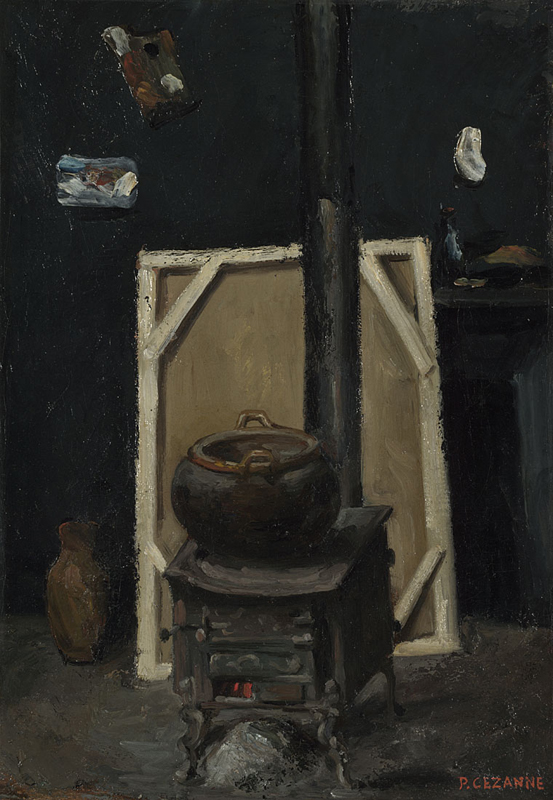
Cezanne "The Furnace in the Studio"
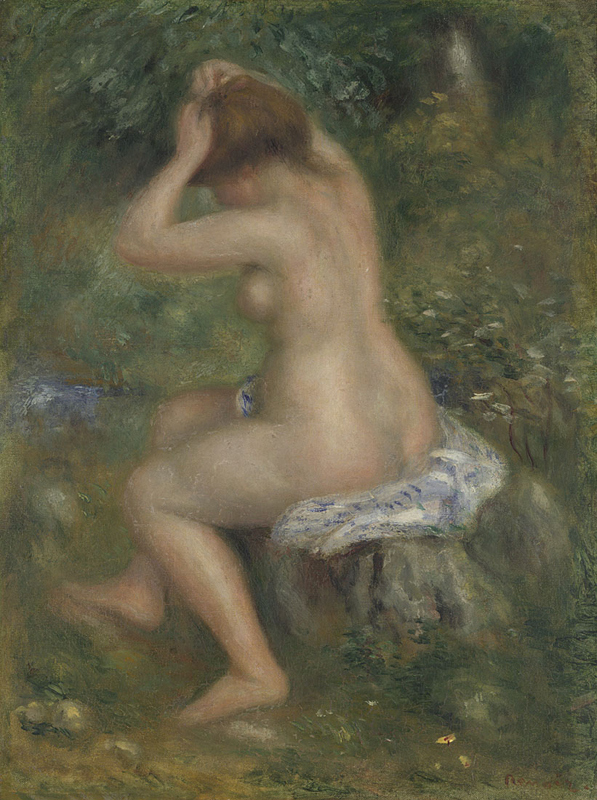
Renoir "The Bather"

Monet's "Iris"
There was a warm friendship between Gauguin and Van Gogh, who were also the most famous painters of the late Impressionist era, although neither was appreciated while they were alive. Gauguin admired Cezanne very much and tried to imitate the latter's composition in his works. On the other hand, Van Gogh preferred dazzling colors and vivid brushstrokes, making people feel a strong natural vitality. This section will also feature Van Gogh's "Long Meadow and Butterfly", a painting shortly before his suicide. Looking out the window of the mental hospital where he lived, there was an overgrown garden that Van Gogh created several works on. Van Gogh used a brush to perceive life, and painted the world with bright and rich colors, making his works full of vitality.
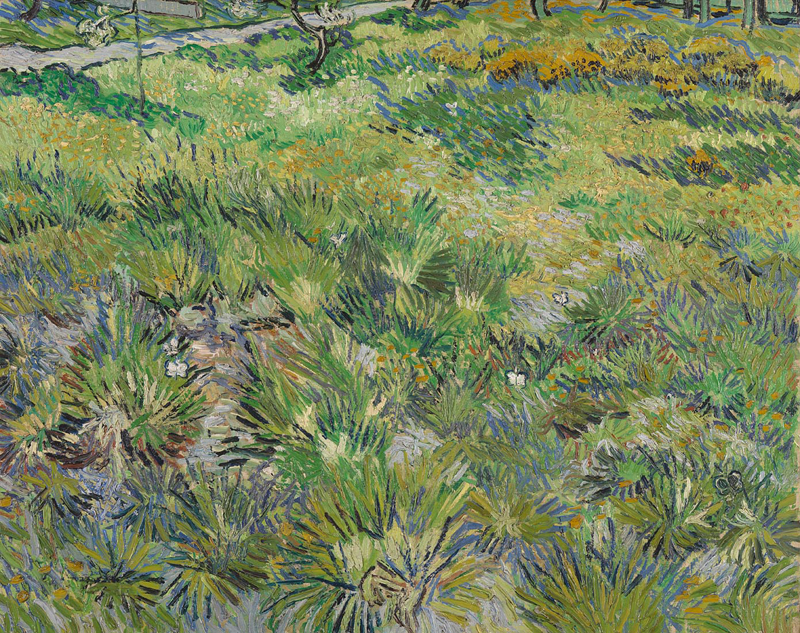
Van Gogh's "Grass and Butterflies"

Gauguin, "Window Fruit Plate and Beer Glass"
Section 8: "Turner and English Painting"
Following the tradition established by Van Dyck and other famous portrait painters in the 17th century, Gainsborough and Lawrence painted portraits of prominent figures in British society at the time. Viewers can find Gainsborough's "Dr. Ralph Schomberg" and Lawrence's "Portrait of Charles William Lambton (The Boy in Red)" in this section; and from Constable's In "Stratford Mill", we can appreciate the British landscape and unique artistic technique he wrote.
This section will display Turner's "The Parting of Hero and Leander", the theme of which is derived from the famous ancient Greek love story. Turner's work shows an in-depth knowledge of the Dutch Golden Age marine painting, as well as a strong admiration for Claude. Turner's landscapes are full of poetic atmospheres created by the effects of light and shadow.

Gainsborough, "Dr. Ralph Schomberg"
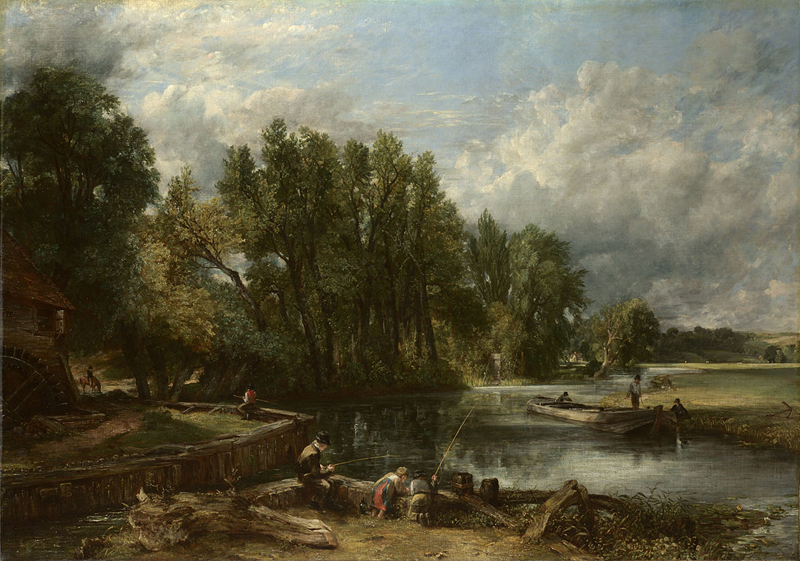
Constable's "Stratford Mill"
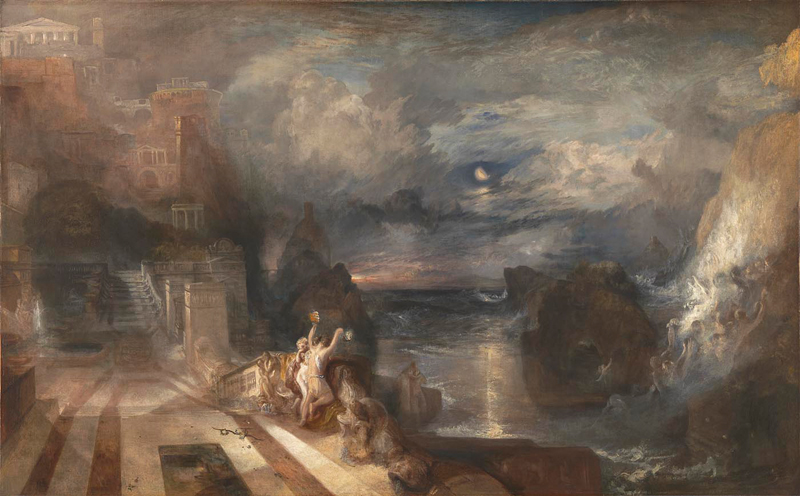
Turner, The Parting of Hero and Leander
